By Hugh Morris
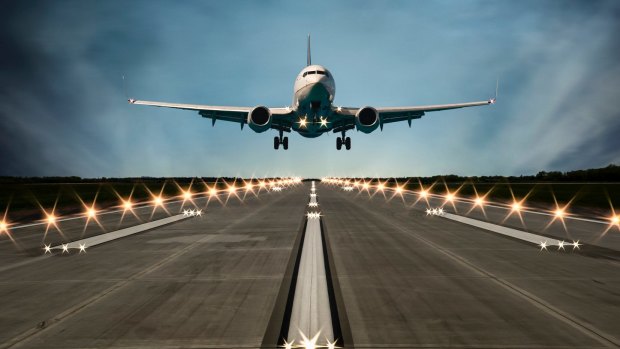
The average cruising speed for a passenger jet is around 925 km/h.Credit: iStock
It never seems that planes are going fast enough. Glance up at the sky and passing aircraft look like they're crawling across the clouds. Take-off can feel like it happens at a trundle.
But in reality, aircraft have remarkably powerful engines capable of reaching impressive speeds and sustaining them for hours on end - and they do. The average cruising speed for a passenger jet is around 925 km/h.
That is, however, a patch on the top speed ever reached by an aircraft, a record held by the Lockheed Blackbird, which tickled 3529 km/h in 1976. The United States Air Force reconnaissance aircraft was so fast its missile evasion technique was simply to accelerate and out-fly it.
You won't catch a passenger jet getting even near those speeds, but some are faster than others.
How do planes measure speed?
Aircraft speeds travelling at high altitude are not measured in the same way as, say, cars. Though mph figures can be produced, it is more common to use knots, air speed and its Mach number, a velocity relative to the speed of sound. For example, Mach 1 is equal to the speed of sound, 1234 km/h.
For the purpose of this article, we shall use the Mach measure.
Which is the fastest passenger jet in service?
Excluding military jets, there remains two types of aircraft: commercial passenger planes, such as the Boeing 747, and private passenger aircraft, or private jets. Below we've revealed the five fastest in the former group. Concorde, which is no longer in service but had an impressive cruising speed of Mach 2.02, would have easily beat them all.
See also: The last Concorde gets a new final resting place
It is worth noting that long-haul aircraft fly faster than short-haul jets, which are more concerned with quick and efficient ascent and descent.
So which aircraft will get to to your destination quickest?
5. Boeing 777
In fifth is the wide-body, twin-engine Boeing 777, used by the likes of British Airways and Emirates on long-haul flights, and boasting a typical cruise speed of Mach 0.84.
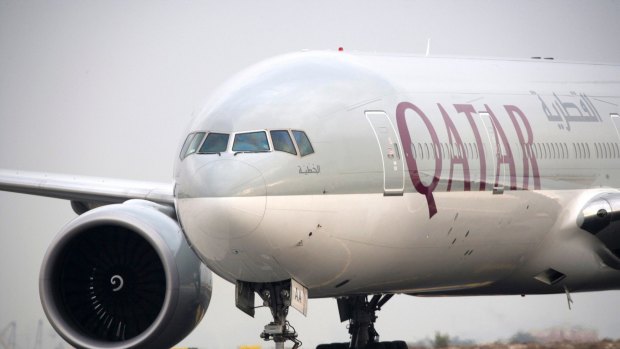
Qatar Airways Boeing 777
3= Boeing 787 and Airbus A380
Tied in third are another Boeing, the recent 787 Dreamliner series, a long-haul, twin-engine airliner, with a cruise speed of Mach 0.85, and an aircraft from Airbus, Boeing's rival, the A380, the largest passenger plane in the sky, with the same typical cruising speed.
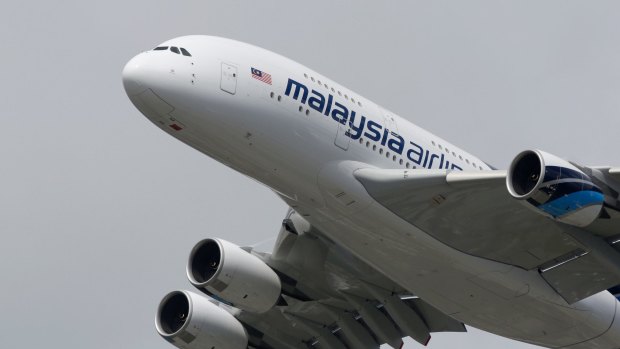
Malaysia Airlines Airbus A380Credit: Bloomberg
2. Boeing 747-400
In second it's the Boeing 747-400, popular with British Airways and the best-selling model of the 747 family. It is another wide-bodied, four-engine airliner and enjoys a typical cruising speed of 0.855, a smidge faster than its rivals.
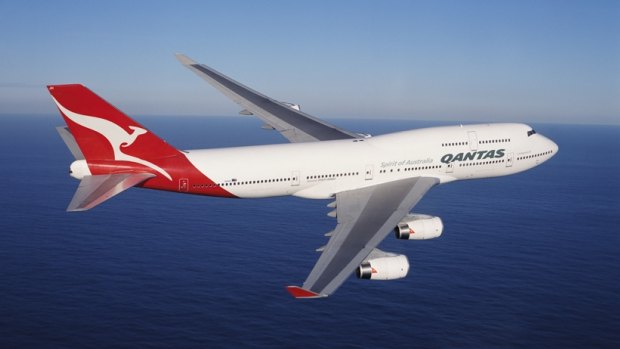
A Qantas Boeing 747-400.
1. Boeing 747-8i
And the fastest aircraft mere mortals are likely to fly on is the Boeing 747-8i, otherwise known as the 747-8 Intercontinental, and the largest of the 747 family. It has a cruising speed of 0.86, but only currently used by three operators: Lufthansa, Korean Air and Air China.
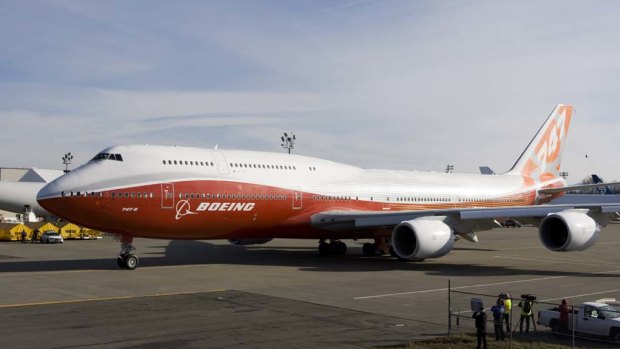
What about private jets?
If we were to consider private jets, the likes used by footballers and film stars, the brands involved are different to Boeing and Airbus. The aircraft to take the title is the Cessna Citation X+, introduced as the X in 1996 to overhaul the company's reputation for sluggishness and then updated in 2010 as the X+. It boasts a top cruising speed of Mach 0.935.
Does it make any difference?
As you can see the speeds above vary only slightly, and are adjusted according to load, fuel efficiency and conditions. It is not as simple as 'let's fly from A to B as fast as we can'.
Pilot and author Patrick Smith writes in his book Cockpit Confidential: "Optimum speed is different for every flight. If the plane is on time… we'll fly at whatever Mach is most fuel-efficient. If we're running late, and so long as fuel isn't an issue, we'll probably go a little faster."
He explains how on a long-haul flight of 13 hours, say between New York and Tokyo, a slightly faster speed can save several minutes.
What about top speeds?
Wind conditions, of course, can make planes fly far quicker than the average cruising speed, and the jet stream means flight times on transatlantic routes are much shorter going east. In 2015, a Boeing 777 flown by BA reported speeds of up to 1198 km/h, or Mach 0.97, just shy of the speed of sound, thanks to a surging jet stream. It meant a New York-London a flight time of just five hours and 16 minutes and an arrival 90 minutes ahead of schedule.
Why aren't planes getting quicker?
Smith also says that airlines and aircraft manufacturers are not constantly striving for faster speeds, because as they near Mach 1, the sound barrier, fuel use soars – and operating costs with it.
"If anything, the 21st century airlines travel slightly slower than its counterpart of 30 years ago," he says.
See also: The last concorde supersonic jet's final resting place
See also: Six incredible planes you'll never get to fly on
Sign up for the Traveller newsletter
The latest travel news, tips and inspiration delivered to your inbox. Sign up now.